Sterkfontein Caves – Photo essay of the week
This week’s photo essay features the famous Sterkfontein Caves.
The Sterkfontein Caves are owned by the University of the Witwatersrand, whose scientists have been responsible for the main excavations of the Cradle of Humankind World Heritage Site. They are credited with many famous discoveries, including “Mrs Ples” and “Little Foot”, an almost complete Australopithecus skeleton dating back more than 3-million years.
The tours at the Sterkfontein Caves, which start above ground and then take visitors deep into the caves, run every half hour, seven days a week.
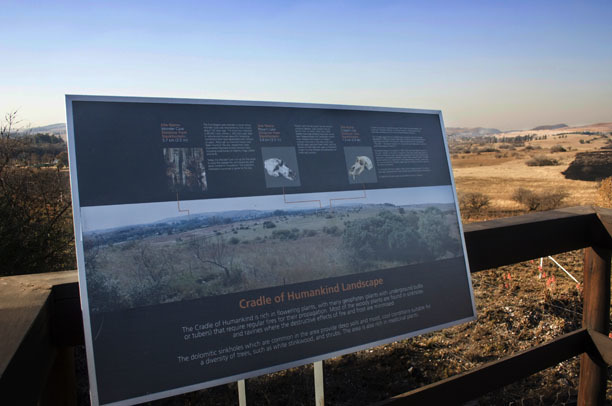
The Cradle of Humankind comprises 15 palaeontological sites which together make up the World Heritage Site.
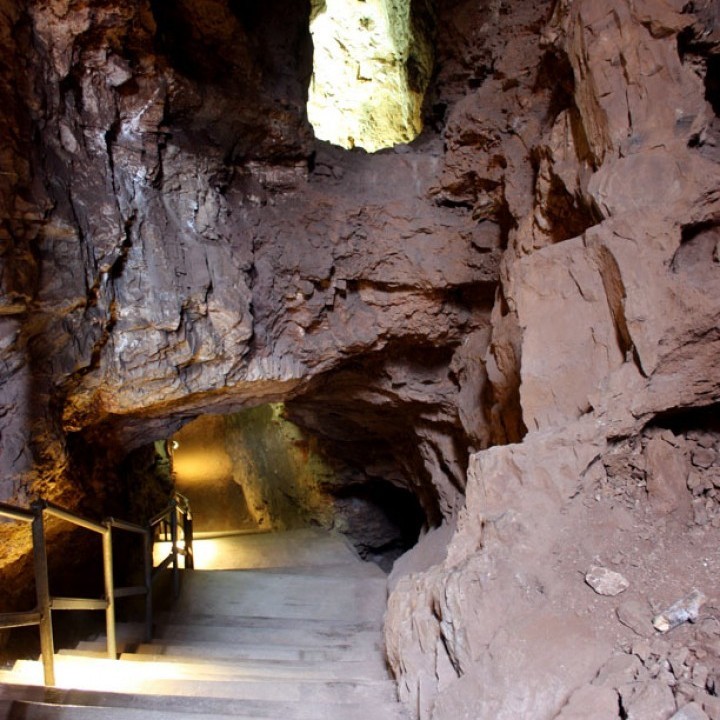
Entry into the Sterkfontein Caves is down a long staircase, taking you to the depths below where scientists have discovered many hominid and other animal fossils, dating back more than 4-million years, to the birth of humanity.
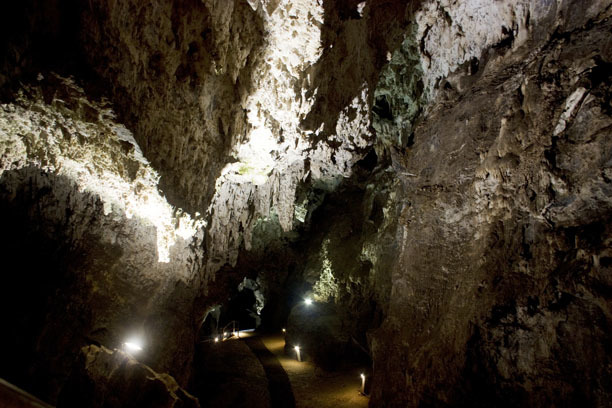
Geologists called for the Sterkfontein Caves to be protected in the 1890s. David Draper, a respected geologist of the time, persuaded the miners to preserve the main cave because of its stalactites, stalagmites and pristine underground lake, but mining continued in the area. Signs of the lime workers’ activities can still be seen.
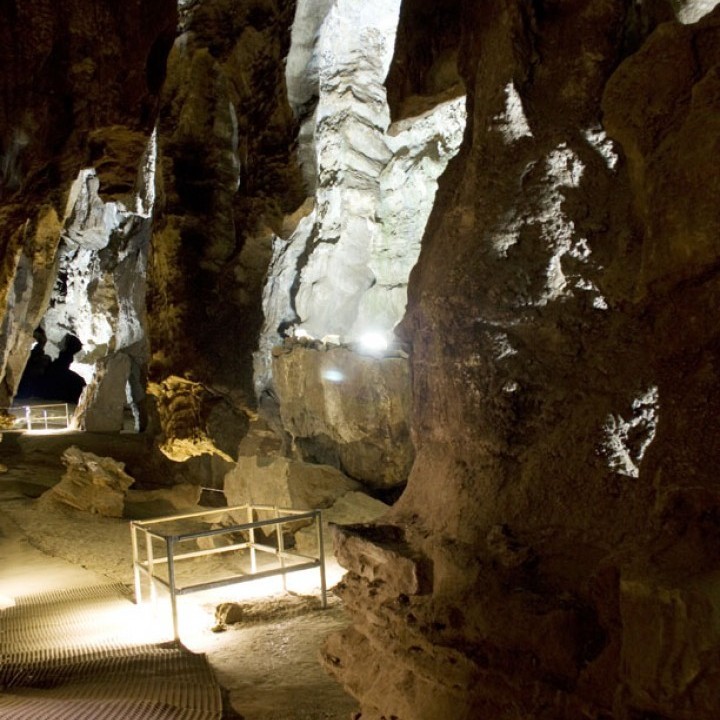
The Sterkfontein Caves attracted miners because of the extensive deposits of calcium carbonate in the form of stalactites, stalagmites and flowstone. Calcium carbonate is a chemical combination of calcium, carbon and oxygen. When burned, it yields lime – what the miners were really after.
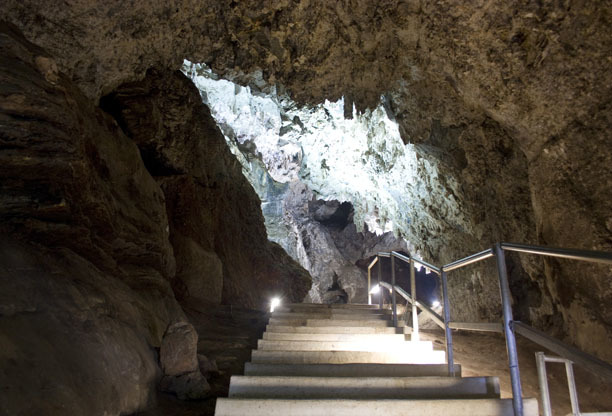
The term stalactite comes from the Greek word stalaktos, which means “dripping”, because these other-worldly formations are produced by “drips” from the ceilings of limestone caves. Water reacts with chemical elements in the ground and rock, and seeps slowly through the roof of the cave, depositing calcium carbonate, which hardens and builds up over time to form a stalactite.
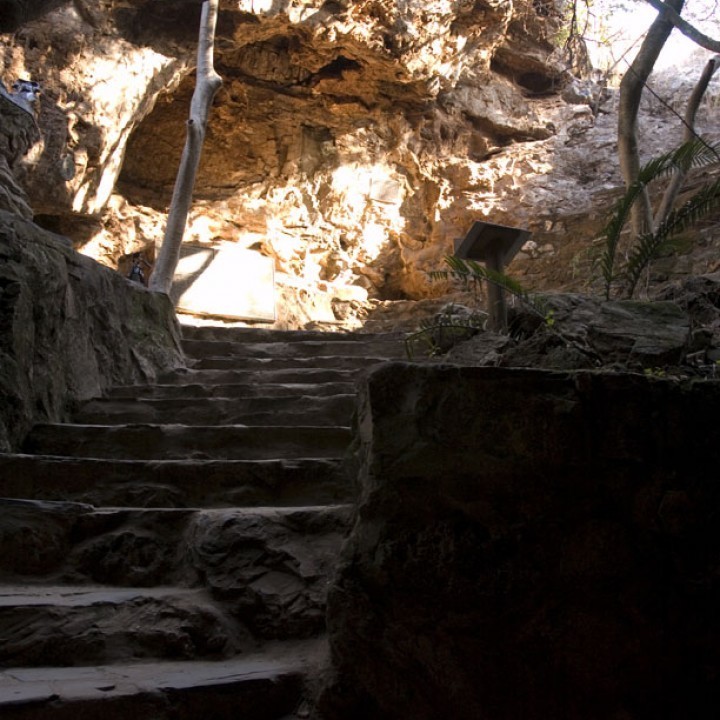
The tour of the caves ends at the amphitheatre, where you will find a statue of Dr Robert Broom, who discovered “Mrs Ples.”
“Mrs Ples” remains the best example of a cranium of an adult Australopithecus africanus yet found.
If you would like to see more pictures of Maropeng, visit our Flickr group or our Facebook Fan page.